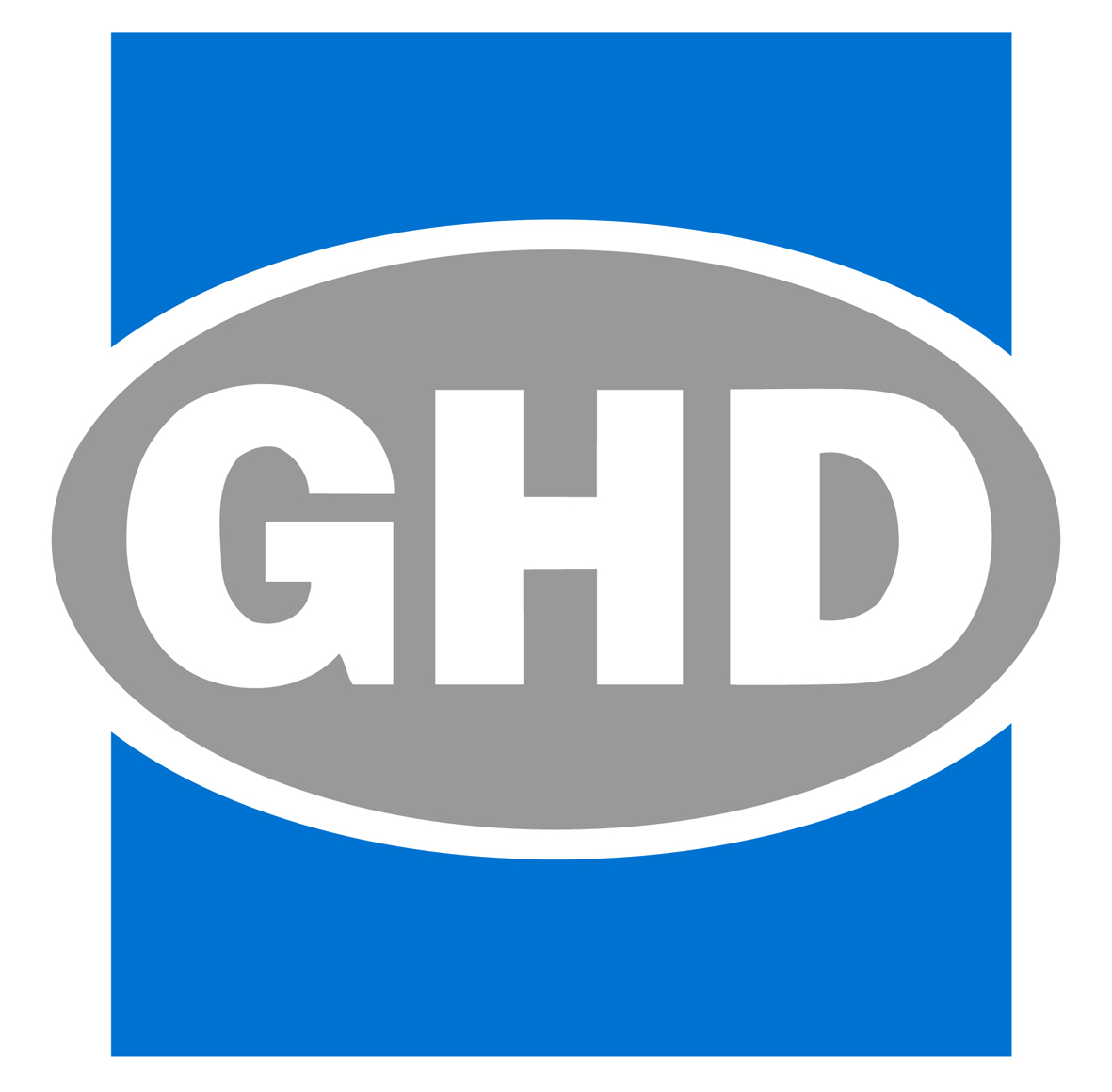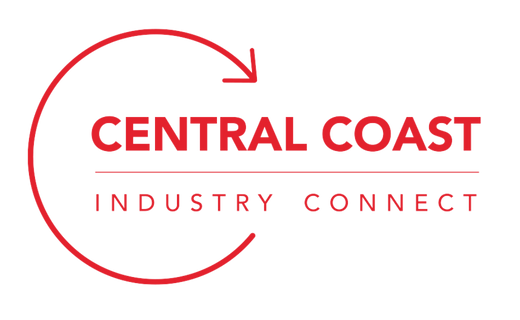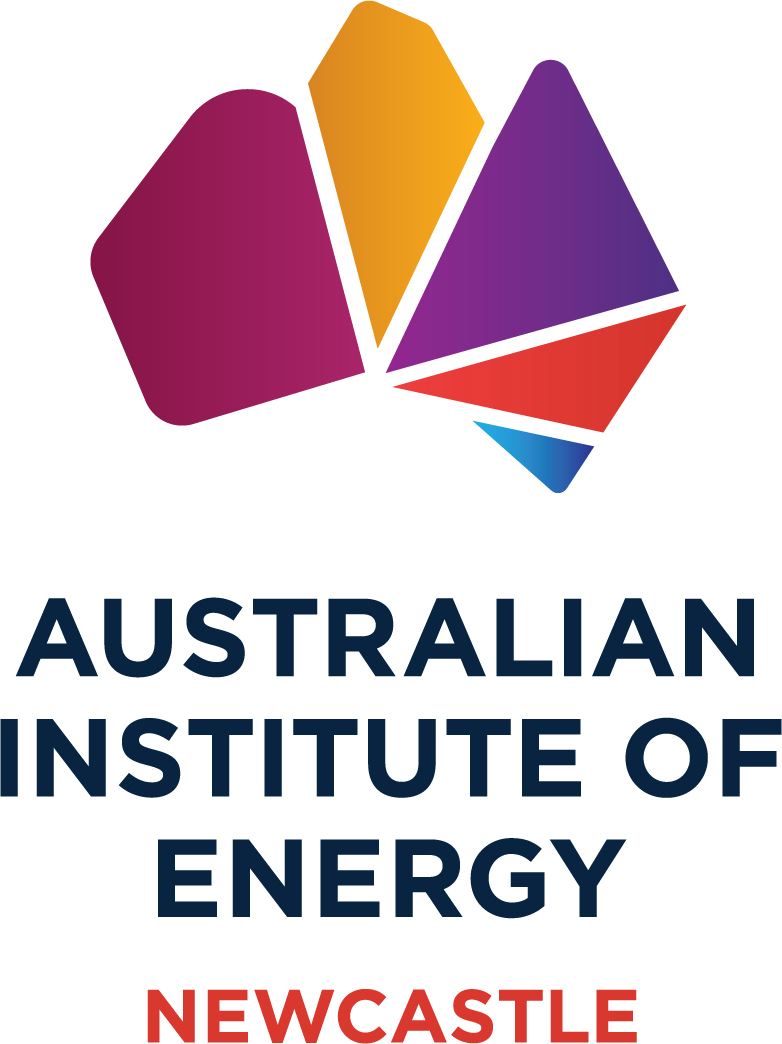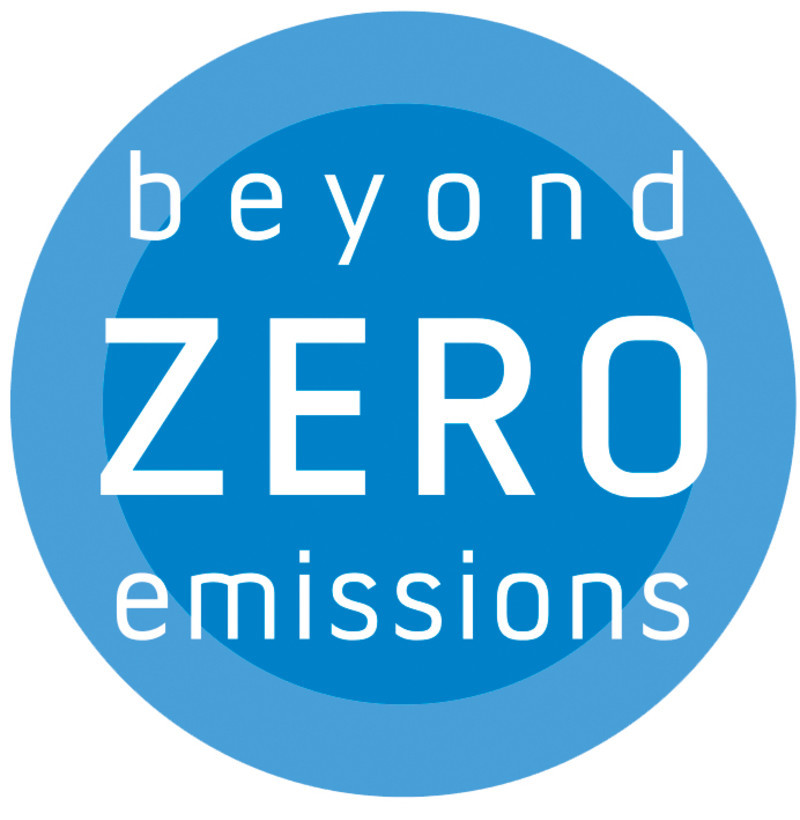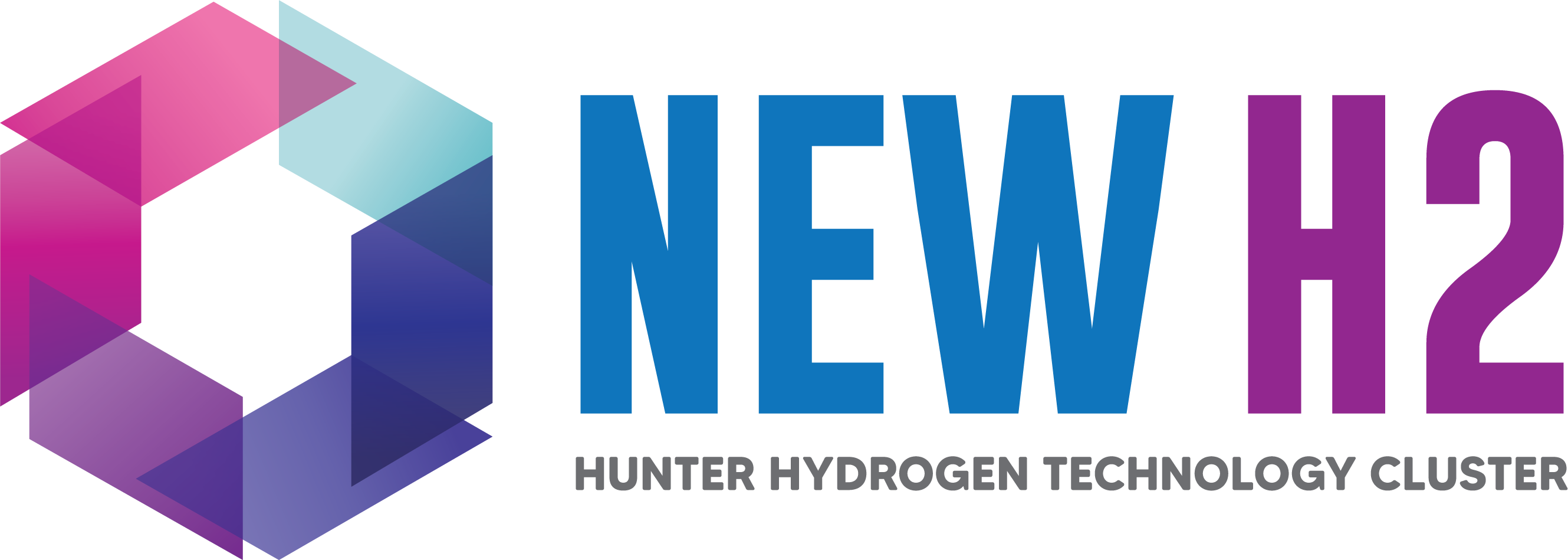AEMO report confirms renewable energy on track to power the nation
The findings of AEMO's latest Electricity Statement of Opportunities (ESOO) are a clear call to action to accelerate the transition to a clean energy grid, with the biggest risk of blackouts coming if the delivery and investment of clean energy projects are slowed or stopped.

Australia's National Electricity Market is on track to maintain reliability over the next decade, according to the Australian Energy Market Operator's (AEMO) latest Electricity Statement of Opportunities (ESOO) report. The report highlights the importance of delivering new generation, storage, and transmission projects on time to ensure a reliable supply of electricity to homes and businesses.
Renewable energy, such as solar and wind, is already providing 40% of the electricity in Australia's main grid, and the pipeline of new projects continues to expand. AEMO CEO Daniel Westerman said that investments in renewable generation and storage are increasing, and the progress of 5.7 gigawatts of grid-scale generation and storage, as well as 365 kilometers of new transmission developments, has improved the reliability outlook.
While short-term reliability has improved, AEMO is still tendering for off-market reserves in Victoria, New South Wales, and South Australia this summer to manage potential low reserve conditions. The operator is also undertaking extensive summer preparations with industry to ensure the power system is prepared for peak demand periods.
The report confirms that the biggest risk of blackouts is if the delivery and investment of clean energy projects are slowed or stopped. AEMO's CEO emphasized that it is critical that expected investments in generation, storage, and transmission are delivered on time and in full.
Industry experts have welcomed the report's findings, with Nexa Advisory CEO Stephanie Bashir saying that the ESOO should be a source of comfort to households, businesses, and government about the power reliability over the next ten years. However, she also stressed that governments, particularly in New South Wales, must ensure there are clear delivery plans and accountability mechanisms to deliver transmission, generation, and storage projects in a timely and cost-effective manner.
Climate Energy Finance Director Tim Buckley said that the report concludes that there is no reliability gap until 2034 unless there are project delays in the deployment of replacement capacity. He emphasized that the solution to Australia's energy, cost of living, and climate crises is an acceleration of the transition of the energy market to low-cost, clean, reliable firmed renewables at speed and scale.
Clean Energy Investor Group interim CEO Marilyne Crestias said that the report highlights the urgent need to deliver new generation and transmission projects to meet reliability standards. She emphasized that battery technology will play a critical role in ensuring system reliability as Australia transitions away from coal-fired generation.
Climate Council Head of Policy and Advocacy Dr Jennifer Rayner said that the report is proof that the system works when governments and investors work together to get clean energy projects rolling out on time.
"Renewables backed by batteries are now providing reliable power to a large chunk of our homes and businesses every day, and the role of renewables is growing all the time. In South Australia, the share of clean energy in the grid is close to 80% and Tasmania is nearly 100% powered by renewables," Dr Rayner said.
"If we slow or delay the roll out of clean energy then the market operator warns that the risk of blackouts and brownouts will rise, as coal-fired power stations break down and shut down. Australia is well on the path to a reliable and clean electricity system, so let's keep powering ahead."





